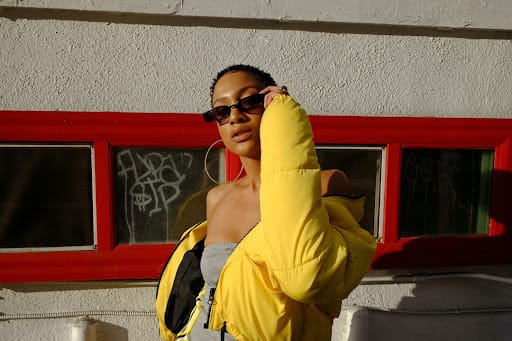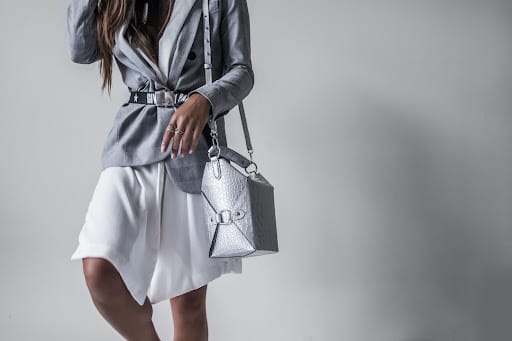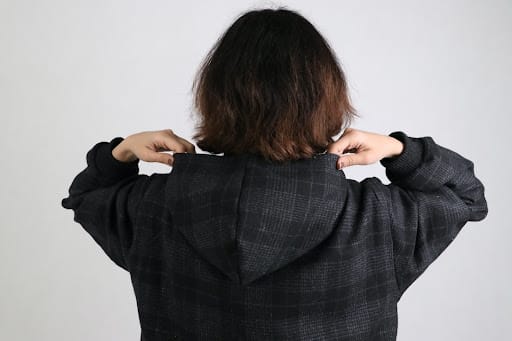In the dynamic universe of fashion, clothing is much more than just fabric that covers our bodies. It’s a powerful form of expression, a reflection of culture and individuality, and not to mention, a clinching piece of the fascinating study of fashion psychology. With every chosen outfit, we’re expressing a part of ourselves, consciously or otherwise, giving others a glimpse of our personality, our mood, and in some cases, even our intentions. Keep reading as we delve further into this captivating world where threads and textures intertwine with mind and emotions.
Fashion psychology – a term that might be new to many, but has always been intricately woven into our lives, dictates the relationship between us and our clothing. It’s a psychological perspective that examines how attire influences human behavior and how the same, in turn, is influenced by our mental processes.
Isn’t it intriguing how an outfit can change not just how others perceive you, but also how you perceive yourself? So, if you’ve ever felt that boost of self-assuredness wearing your favorite wool coat for women, you’ve already experienced a little bit of fashion psychology at its best. A wool coat for women is an essential piece of outerwear that offers both warmth and style. Its high-quality material, insulation properties, and wide range of styles make it a versatile addition to any wardrobe. Whether you’re dressing up for a special occasion or simply running errands in the colder months, a wool coat will keep you cozy and chic. So, it’s time to invest in a wool coat and elevate your winter fashion game!
This fascinating discipline, often overlooked, doesn’t just revolve around clothing. It stretches its threads into a personal style, fashion trends, beauty, and the vital role of textiles and colors in our lives. Fashion is interconnected with psychology at a fundamental level, and having a deeper understanding of this connection can truly transform the way we perceive clothing and fashion as a whole. In addition, we can show patriotism through fashion by wearing the best patriotic clothing brands to express our love for our country.
Emotions in Every Thread: How Clothing Affects Mood
The fascinating correlation between what we wear and how we feel can’t be overstated. Often, we find ourselves reaching for specific types of clothing depending on our mood. It’s no coincidence – our clothes can actively influence our emotional state. It’s almost like slipping into a character when we wear certain attire. For instance, comfort becomes the catchword for workout clothes or PJs, whereas dressing up for a special occasion might invoke feelings of exuberance or excitement.
However, it doesn’t stop here. Antidepressant dressing, a trend originally born in the 1930s during the Great Depression, is making a comeback in modern times. As the name suggests, it employs clothing as a way to boost mood, leveraging vibrant colors, comfort wear, and attractive designs to uplift spirits in challenging times.


Color in Fashion: Communicating Through Hues
Color plays a pivotal role in fashion psychology, with different colors capable of invoking varying emotional responses in both the wearer and the viewer. Interestingly enough, colors aren’t just aesthetic elements; they’re a subtle, silent language that communicates on an emotive level. Red, for instance, is often associated with passion, power, and urgency. That’s why you’ll often see it featured in sale signs and marketing materials.
On the other hand, blue often delves into the deeper spectrum of feelings, embodying tranquillity, trust, and stability, making it a recurrent choice in corporate attire. The science of color psychology not only aids in personal style development, but it is widely utilized in marketing strategies, branding, and product design. Beyond that, the cultural significance of colors is also pivotal in understanding fashion psychology. For instance, white is related to purity and peace in many Western cultures, while in some Eastern cultures, it’s associated with mourning and loss.
The Intricacies of Personal Style
Your personal style, often the first thing people notice, is a major element of your identity. It’s the creative expression of your persona through clothing – a curated manifestation of your tastes, experiences, values, and perceptions. Personal style goes beyond mere fashion. It’s a testament to your individuality, a language that you speak without words, and an implicit communication tool. It evolves with your life journey, reflecting your growth, changes in preferences, and shifts in lifestyle.
Subconsciously, we’re also drawn to people who dress similarly to us or embody the style we aspire to have. This inclination is a testimony to how we subconsciously perceive clothes as extensions of our identity and perceive people who wear similar clothing as more relatable or approachable. You can even look for inspiration in your zodiac sign.


Crafting Confidence: The Power Dressing Phenomenon
Power dressing can be seen as the embodiment of fashion psychology. It revolves around the idea of using clothing as a tool of confidence, power, and influence. Power dressing began to emerge on a broader scale in the 1980s when professional women began to adopt a more masculine style to assert their presence in the workplace. This trend evolved substantially over the years, focusing more on individual empowerment rather than conformity to traditionally masculine styles.
Today, power dressing is about wearing clothes that make you feel confident and powerful, regardless of gender expectations and norms. It’s about leveraging the psychological impact of attire to command respect and authority. The clothing choices of prominent leaders and public figures often become the subjects of discussion, reflecting the significance of fashion in expressing authority and confidence. Their intentional ensemble choices often lead to popular fashion trends and contribute to the fashion industry.
Fashion as Cultural Expression
While the impact of clothes on the individual is significant, the societal and cultural implications of fashion are equally profound. Fashion is a form of visual language that communities use to express their cultural identity, heritage, and social norms. Whether it’s the vibrant flamenco dresses of Spain, the Kimonos representing Japanese culture, or a Native American Headdress, traditional clothing tells stories of history, religion, and societal structures.
These rich textiles are embodiments of cultural identity and social unity. The fashion industry often draws inspiration from these cultural styles and motifs, making it a platform where cultures are shared and celebrated. However, it’s also crucial to approach cultural inspiration in fashion with sensitivity and respect to avoid appropriation.
The Impact and Influence of Fashion Trends
Lastly, it is impossible to discuss the psychology of fashion without touching upon fashion trends. Trends are much more than seasonal cycles of colors and cuts. These seemingly surface-level shifts reflect changes in societal values, environments, and global happenings. They’re a reflection of the collective public psyche. Culture, music, society, politics, and even the economy considerably influence fashion trends. The 1960s mini skirt trend, for instance, represented the feminist movement, whereas the increase in athleisure in the past couple of years signifies the shift towards active, health-conscious lifestyles.
Additionally, the prominence of sustainable fashion and purpose-driven brands these days signifies a more mindful consumer who values social and environmental impacts as much as aesthetics and style. This dynamic nature of fashion trends makes them a fascinating subject for psychologists and fashion critics alike. No matter what you buy, always be sure to shop at a trusted retailer that is beloved by its customers.
As this article illustrates, fashion psychology provides an enlightening perspective on how our sartorial choices can deeply impact our psyche, attitudes, and behavior. Through an understanding of the intricate yarns of fashion psychology, we can leverage the potential of clothes and fashion to enhance our lives in subtle, yet impactful ways. Follow our advice and you can utilize fashion psychology to take your wardrobe to the next level.











































